During your visit to an Osteopath…
You can expect your Osteopath to carry out a thorough case history prior to treatment, this will include in depth medical questions designed to fully understand the cause of your symptoms. After this a physical examination will take place - you will likely be asked to remove some layers of clothing to ensure the osteopath can ascertain accurate findings to come to a diagnosis.
The treatment itself can take many forms including, massage, stretching, muscle techniques, manipulation of joints and advice on self-management and exercise. Your osteopath will discuss with you prior to and during treatment anything that he or she plans to do and should only continue with your full consent.
What is Osteopathy?
Osteopathy is a system of diagnosing and treating musculoskeletal conditions. Often it is wrongly assumed that osteopaths only treat “backs” but this is not the case.
All osteopaths have completed a mandatory 4 or 5 year degree in which they develop a thorough understanding knowledge of the anatomy and physiology of the human body and how it can be affected by disease, poor health and injury.
As a profession there is a large scope of practice meaning treatments and methods used can vary greatly from one osteopath to the next. this can be perceived by some as being the best and the worst thing about Osteopathy but one thing is always constant, that the focus of an osteopath is to restore the body as best as possible to its most efficient state.
How Can Osteopathy Help?
Osteopaths knowledge of the musculoskeletal system (how the muscles and bones work with one another) allows them to help with a wide variety of injuries or problems. Below is a list of common conditions or complaints that may be helped by Osteopathy:
Back & Neck pain
Headaches (Jaw pain)
Shoulder, Knee & Ankle injuries
Tendonitis (including Tennis Elbow)
Sports/Muscular injuries
Management of arthritic conditions
Back/Pelvic pain in pregnancy
Postural strains from daily working conditions
Whiplash
Sports and Deep Tissue Massage
Similar in some ways to Osteopathy, massage comes in many forms ranging from the eye-wateringly painful to the sleep-inducingly relaxed!
Some who have experienced sports massage may have found the process quite uncomfortable and in some cases it may well be. The aim of a sports massage is to help alleviate stress and tension that has built up in the body’s soft tissues during activity by using a variety of deep tissue techniques.
Although as the name suggests, sports people will benefit from this method of massage it is not restricted to those participating in regular activity as the techniques used can aid a variety of soft tissue conditions such as:
Muscular and joint injuries such as sprains and strains
Postural related pain
Whiplash
Repetitive Strain Injuries (RSI)
Delayed Onset Muscle Soreness (DOMS)
Benefits of Massage
There are a long list of benefits post massage treatment that include reduction in muscle tension and pain, increased range of motion leading to enhanced performance and reduced recovery time post injury to name a few. Most of these benefits can be attributed to an increased local blood circulation which helps to remove the chemical waste products stored within the muscle. At the same time, encouraging fresh blood flow carrying oxygen and other nutrients to the muscle which in turn can help with muscle repair and a reduction in symptoms.
Strapping and Injury Management
A fundamental part of injury recovery, rehabilitation and the resulting return to activity or sport is dependent on the very early stages of treatment. It almost all situations the faster that treatment can be administered the better.
In the case of the majority of sporting injuries it is the soft tissues of the body (muscles, tendons and ligaments) that are most commonly injured. The application of specific strapping and taping techniques in the first days and weeks post-injury can help to immobilise the joint/area to reduce further damage occurring, limit the excessive build-up of localised swelling and provide a compression support that helps reduce pain.
Strapping and taping comes in many forms (and colours these days!) with the “fashionable” kinesiology taping methods and brands like Rock Tape and SPORTTAPE coming to the fore. Whilst some people may question their efficacy they undoubtedly play a role in the treatment and recovery process. However, due to our sport based approach and the specific training undertaken some of the taping techniques used at Core Osteo are much less commonly used and offer very clear and significant benefits.



